How to Tell if Your Dog Is Depressed
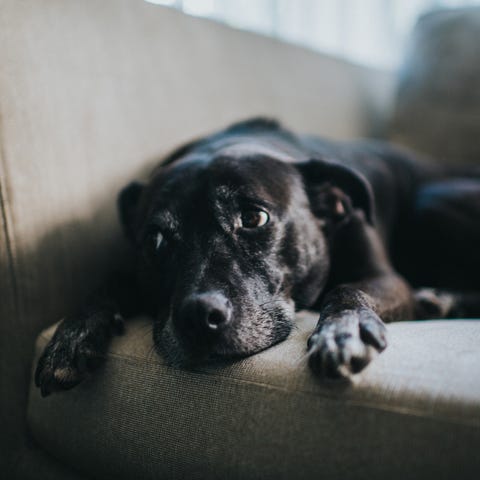
Catherine Falls Commercial Getty Images
Dogs, like humans, can suffer from depression. While depression isn't typically diagnosed in dogs, vets and behaviourists want owners to become more aware of the signs to look out for. With the right support and treatment, you can help your beloved pup through a period of low mood.
Depression in dogs can be triggered by a whole variety of different things, including...
- A major change in a dog's family surroundings (such as introducing a new baby, spouse or pet)
- An environmental change, such as moving home
- A distressing event, such as the loss of a canine companion or owner
- An empathy to an owner who is depressed or unhappy themselves
"It may be hard to imagine that your chirpy, tail-wagging friend could get the blues; however, dogs are in fact capable of having depression in the same way that humans are," the experts at Canagan tell Country Living.
"Dogs share many of the same neurochemicals that we do and, like us, they are exposed to certain stress hormones like adrenaline and cortisol – so it follows that dogs may experience something similar to human depression."
How do you know if your dog is depressed?
The symptoms of depression in dogs can be similar to those in humans, from withdrawing themselves from social situations to being quieter than normal – it can be heartbreaking to watch. Some of the tell-tale signs your dog has depression include...
- Exhibiting low activity levels
- Loss of interest in the things they once enjoyed
- Change to eating habits, often eating substantially less (or not at all)
- An increase in amount of time spent sleeping
- Showing signs of anxiety or aggression through sporadic howling or whining
- Excessive licking, especially to their paws
- Flattening of the ears
- Less interaction with other dogs
- Regression in house and behavioural training
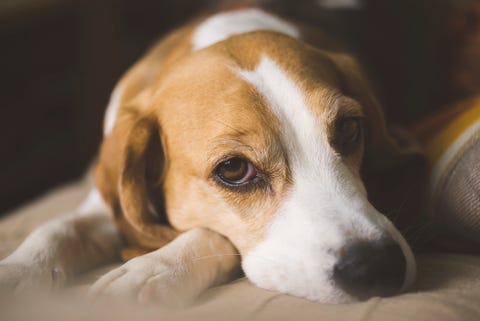
Manuel Breva Colmeiro Getty Images
How can you help your dog if it's depressed?
Our dogs can't verbally tell us how they are feeling, so it can often be a challenge to understand exactly what they are going through. Once you have spotted the visible signs of sadness in your pup, it's important you know what can be done to help.
"The first thing that you should do if you suspect that your dog is depressed is seek advice from your vet. Sudden behavioural changes can be the initial signs of illness, so it is important to check that these symptoms aren't happening due to a physical ailment before anything else," the experts say.
1. Offering your dog more attention: One of the best ways to help your sad pup is by ensuring they get more attention. The experts at Canagan explain: "It's important to offer this added attention in moderation as you will need to allow your dog time to deal with their feelings at their own pace."
2. Keep your dog active: Similar to humans, spending time in the fresh air can drastically help to boost your dog's mood. Again, you may need to build this up slowly, but taking your dog out on regular walks will help them both physically and mentally.
The experts say: "When they aren't properly stimulated and can't expend all of their natural energy, a dog's boredom levels can turn into sadness. Just like humans, when dogs are active their brains release dopamine and serotonin - the 'feel good' chemicals which supercharge their mood."
3. Socialising: Dogs are naturally social creatures so, if your pup is feeling a little down, encouraging them to socialise with other furry friends might be just what they need. "This can be achieved perhaps by organising time with other dog friends, through attending doggy day care sessions or perhaps joining training classes," the experts say.
4. Keep a regular routine: Ensuring your four-legged friend knows what they are doing every day will help their recovery process. Whether it's heading out for a walk at a similar time each afternoon or when they can expect to eat dinner, stability in a routine will help them to perk up.
Like this article? Sign up to our newsletter to get more articles like this delivered straight to your inbox.
SIGN UP
12 dog breeds most protective of their owner
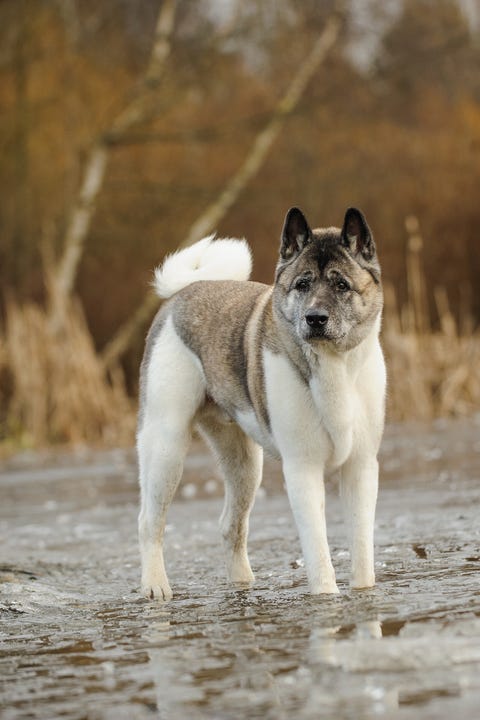
Akita
Akitas have a large build (just look at the size of their heads!) which makes them powerful. If you get them comfortable with family and friends early on in life, they'll know who to be goofy and playful.

Appenzeller Sennenhund
Though smaller than some of the other guard dogs, Appenzeller Sennenhunds still make a great pick due to their agility and energy. They were originally farm dogs, so their intelligence and obedience will impress your whole family.
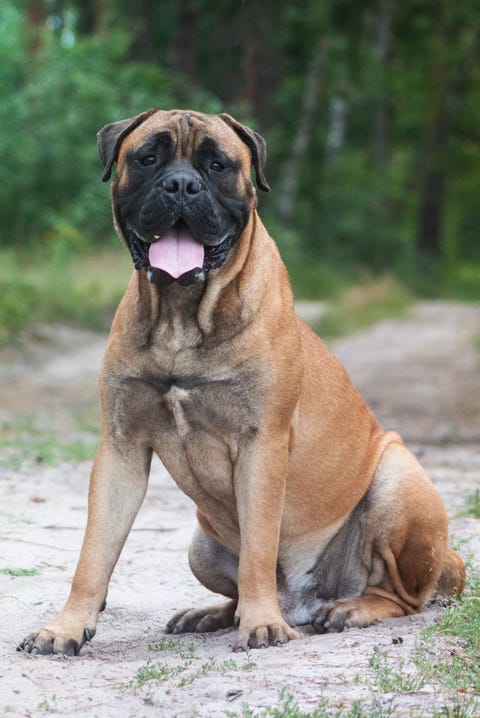
Bullmastiff
These large, muscular dogs are a cross between Bulldogs and Mastiffs. Bullmastiffs are a great walking companion, but leave them at home when you go running.

Catahoula Leopard Dog
These dogs are known for the unique patterns and spots on their coats. If you aren't sure if you can handle raising a puppy, Catahoula Leopard dogs start acting like adults by 10-months-old.
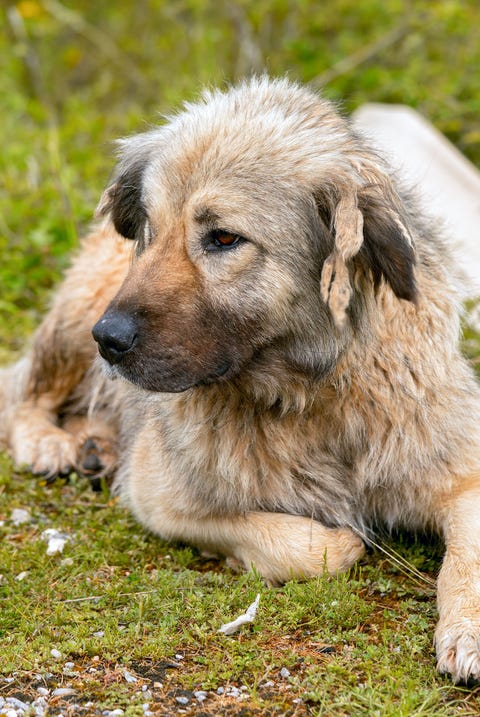
Caucasian Shepherd Dog
These massive dogs know exactly how to respond if they sense a threat to your house or family members, so don't underestimate their fluffiness. The Caucasian Shepherd dogs are a great option if you have kids and other animals, because they're loving and careful around their family.

Doberman Pinscher
Don't let a Doberman's sleek body fool you — they're strong, fast, and brave. They require a lot of exercise, so be prepared to go on long walks with your buddy.

Estrela Mountain Dogs
Estrelas are thought to be one of the oldest breeds in Portugal, where these dogs are named after a range of mountains. They're super gentle and protective, so they'll fit in with a tight-knit family.
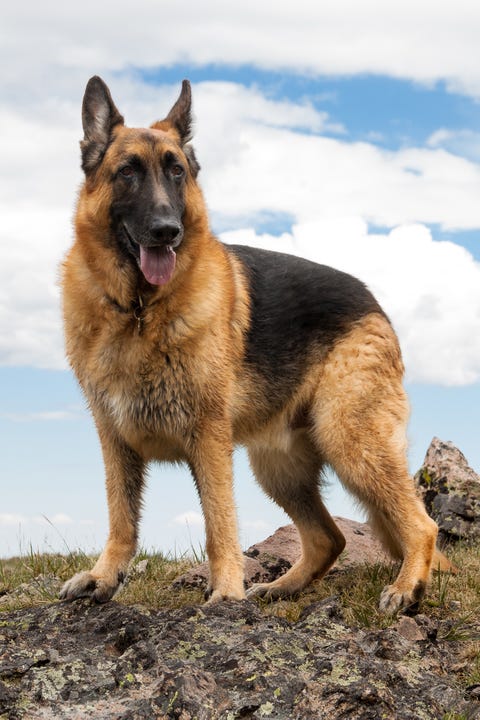
German Shepherd
German Shepherds are one of the most common breeds for police dogs, but they're just as common as pets. They'll protect your house from intruders, but they're so loyal that they will form a strong bond with you.
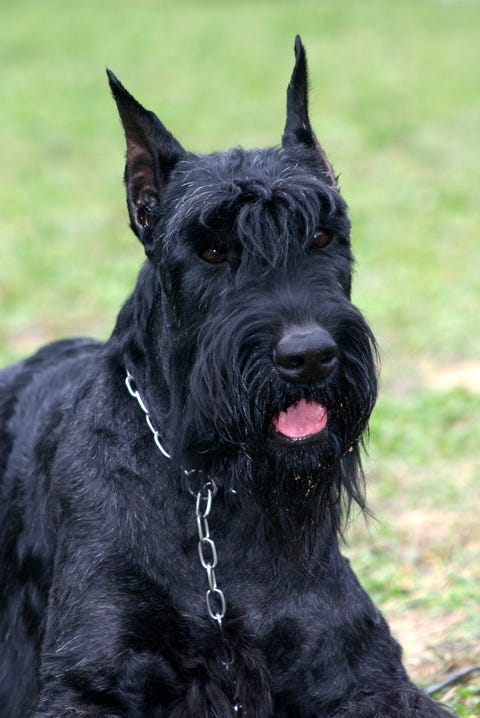
Giant Schnauzer
The Giant Schnauzer is basically a stronger, larger version of its standard counterpart. Be prepared to spend a decent amount of time grooming them, because that thick coat of hair requires regular brushing — they've got a beard, after all!

Puli
Puli dogs were originally meant for herding, so they learn fast and can easily outsmart any predators. Don't let their silly appearance fool you!
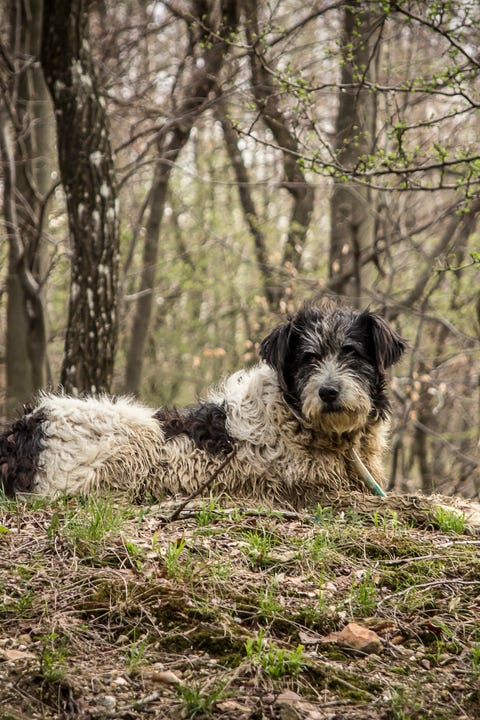
Romanian Mioritic Shepherd Dog
This type of guard dog requires someone to be close with, so you won't want to leave them alone for long periods of time. Romanian Mioritic Shepherd dogs are loving and kind enough to be your closest bud, but they will bark and get aggressive if they encounter strangers they don't trust.

Rottweiler
If you know anyone with a Rottweiler, chances are that you've seen them be gentle around their owners but intimidating when it comes to strangers. To keep them on top of their game, be sure to socialise your Rottie with other people and dogs in addition to taking them to training classes.
This content is created and maintained by a third party, and imported onto this page to help users provide their email addresses. You may be able to find more information about this and similar content at piano.io
How to Tell if Your Dog Is Depressed
Source: https://www.countryliving.com/uk/wildlife/pets/a30608033/dog-depression/